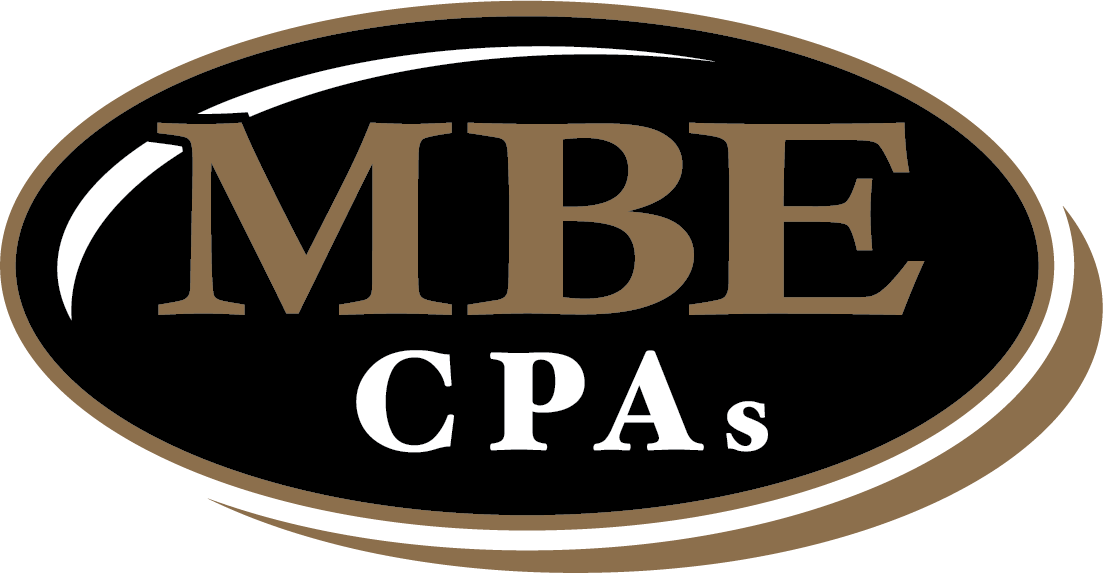The Art of Giving: Best Ways to Lower Taxes by Giving

Authored by: Diane Payne — Partner, EA | Updated On: November 24, 2025
Featured Topics:
You’ve probably heard the saying, “It’s better to give than to receive.” It turns out there’s science behind it!
Data shows that the happiness a giver feels outlasts that of a receiver. Psychology researchers from the University of Chicago Booth School of Business and Northwestern University Kellogg School of Management conducted studies that revealed that the self-reported happiness of participants who regularly gave gifts to someone else did not fade or had a slower decline than that of people on the receiving end.
And even without science to back it up, we see it in our daily lives. There’s your neighbor who seems to be always at peace while regularly helping in the community. Also, remember your generous co-worker who has a successful career?
There are countless quotes reminding us of the importance of giving. How those who do so without expecting anything will eventually be rewarded. We don’t want to put a price tag on generosity. But the universe (even the government) does favor the heart that gives. This is perhaps why tax savings are generally available to those who make charitable contributions.
Claiming Tax Deductions on Charitable Contributions
One way to reduce your taxable income is to claim a deduction on your donations to qualified organizations. This is possible if you itemize your deductions on Schedule A (Form 1040). You can opt for this if your itemized deductions are greater than the standard deduction applicable to you.
Standard Deduction
Amounts The Tax Cuts and Jobs Act (TCJA) provisions, which significantly increased the standard deduction, have been made permanent or extended, with new inflation adjustments for 2025 and 2026.
| Filing Status | 2025 | 2026 |
| Single | $15,750 | $16,100 |
| Married (Joint Filing) | $31,500 | $32,200 |
| Head of household | $23,625 | $24,150 |
So, it’s best to check if it’s worth the effort to itemize your deductions rather than claiming a standard deduction, as you’ll need to forego the latter to benefit from the former.
The New Universal Deduction for 2026
Starting in the 2026 tax year, you are no longer required to forego the standard deduction entirely to benefit from giving. A new “universal” deduction allows taxpayers who take the standard deduction to also deduct up to $1,000 ($2,000 for Married Filing Jointly) in cash contributions made to qualified public charities. This is a major benefit for many taxpayers who do not itemize.
Is There a Limit to How Much I Can Claim as a Charitable Contribution Tax Deduction?
Yes, there is a limit, and the amount depends on the type of donation. The deduction on non-cash asset gifts remains capped at 30% of your adjusted gross income (AGI) and 60% for cash gifts.
You may be thinking, “Isn’t it better to just donate cash then, since the deduction for it has a higher ceiling?” You’re right, but contributing non-cash assets can increase your tax savings (more about that in a bit). Plus, the carryover rule allows contributions exceeding the year’s limit to be carried over and deducted in the next five years (or 15 years for qualified conservation contributions) until they are used up.
The New 2026 Charitable Deduction Floor
For itemizing taxpayers starting in the 2026 tax year, a new rule goes into effect. You can only deduct itemized charitable contributions to the extent they exceed 0.5% of your Adjusted Gross Income (AGI).
For example, if your AGI is $150,000, the first $750 of your charitable contributions is not deductible if you itemize. This floor makes strategic timing of large gifts even more critical.
How Do I Maximize My Deduction?
To make any of the following strategies work, you must first remember to properly document your charitable contributions for your reference during tax planning and compliance with IRS requirements.

1. Consider “bunching” your charitable donations
The standard deduction amount nearly doubled under the Tax Cuts and Jobs Act (TCJA), and it remains high, making it challenging for many taxpayers to itemize deductions each year. This is where the “bunching” strategy becomes valuable.
Bunching remains one of the most effective planning tools. By combining two or more years’ worth of contributions into a single year, your total itemized deductions exceed the high standard deduction threshold. In the “giving” year, you itemize. In the “off” year, you claim the standard deduction.
Increased Relevance Due to 2026 Changes
The bunching strategy becomes even more important starting in 2026. By bunching, your contributions clear not only the high standard deduction threshold but also the new 0.5% AGI floor in the giving year. In your non-giving year, you still benefit from the standard deduction and the new “universal” cash deduction of up to $2,000 (if filing jointly).

2. Contribute appreciated non-cash assets
If you’re about to sell non-cash assets (like stocks or mutual funds held for more than one year) and donate the after-tax proceeds to charity, then hold that thought. While deductions on cash donations have a higher limit (50% to 60% of your AGI), selling assets held long-term will leave you liable for capital gains tax (CGT).
Instead, donate these assets directly to:
- Eliminate the capital gains tax you would have owed on the appreciation.
- Receive an itemized deduction for the asset’s full fair market value (up to 30% of AGI), which may be higher than the actual selling price, effectively getting a deduction for money you never realized as income.

3. Be strategic with your donations
Since charitable giving is based on one’s liberality and generosity, it’s entirely up to you when to make donations. This puts you in a position to be strategic about it and plan your giving.
- Timing for Tax Bracket Changes: Are you expecting a promotion that will put you in a higher tax bracket next year? Perhaps you can hold off on donating this year and contribute next year to maximize the deduction.
- Accelerating Gifts (2025 vs. 2026): Many taxpayers who itemize should consider making larger planned charitable gifts in 2025 to take advantage of the ability to deduct the full amount from the first dollar given, before the 0.5% AGI floor takes effect in 2026.
- Special Consideration for Top Earners (Starting 2026): For taxpayers in the highest 37% income tax bracket, the value of all itemized deductions (including charitable) will be capped at a 35% tax benefit beginning in 2026. If you are in this bracket, accelerating charitable gifts into 2025 may help to lock in the higher 37% deduction value before the cap takes effect.
Nothing can match the sense of fulfillment that philanthropy can bring. No matter the cause, you’re already part of changing the world, one step (and tax deduction) at a time.
At MBE CPAs, we make it our mission to fuel the spirit of giving and encourage charity by helping you maximize the tax incentives available to you.
